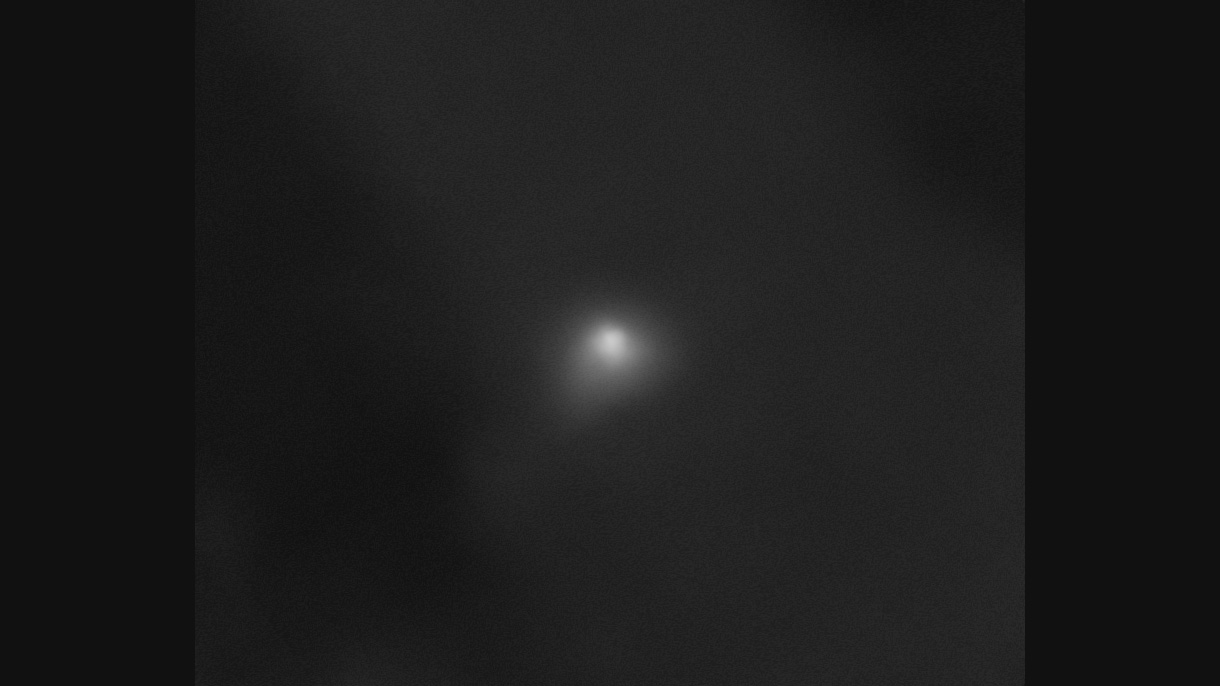There are 88 star patterns known as constellations that are recognized by astronomers and the International Astronomical Union. The constellations are, technically, regions the sky is divided into in order to help with identifying where objects are located on the sky. In addition to the star patterns within the constellations, there are a variety of other familiar patterns of stars. These are called asterisms.
Some well-known asterisms include:
- The Big Dipper and the Little Dipper – The Big Dipper is also known as the Plow (or Plough, in the United Kingdom). Its stars are part of the constellation Ursa Major, the Great Bear. The Little Dipper is part of the constellation Ursa Minor, the little bear. These asterisms are located very close to each other in the northern sky, and are generally easy to observe.
- The Summer Triangle – Consisting of the three very bright stars Vega, Altair, and Deneb, the Summer Triangle is visible even in light-polluted urban skies. This asterism appears high overhead on summer evenings in the Northern Hemisphere.
- The Winter Circle – Also known as the Winter Hexagon, it's a ring of six bright stars that spans a very wide region of the sky. In the Northern Hemisphere, you'll see it rising in the east early in the evening during the time of long, cold nights, and setting in the west earlier and earlier as the season turns to spring.
- The Winter Triangle – This asterism is formed by the bright stars Sirius, Betelgeuse, and Procyon. It's also visible during winter in the Northern Hemisphere (in fact, it's part of the Winter Circle).
- The Teapot – Within the constellation Sagittarius is a fun pattern that looks something like a teapot. It's best seen under skies without a lot of light pollution.





































